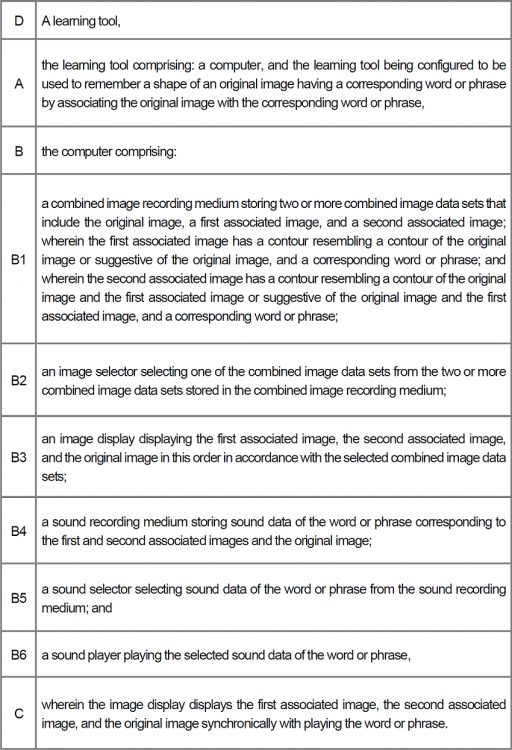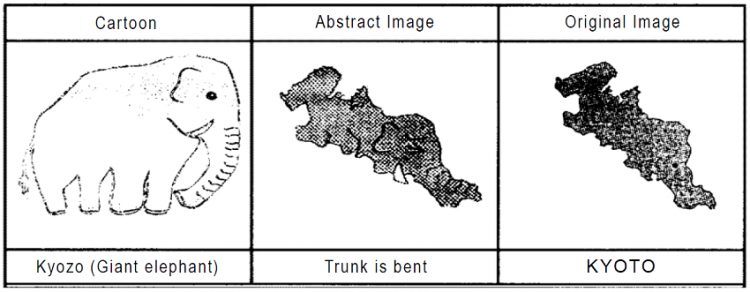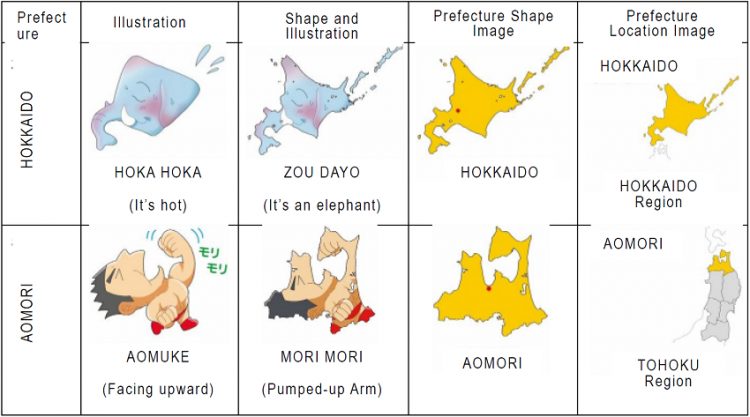2022.06.01 Patent
Court Precedent
Court case in which court acknowledged infringement under the doctrine of equivalents and indirect infringement, and dismissed request for confirmation of absence of rights to demand injunction
1. Introduction
In this newsletter, we introduce a court case (case number 2019 (Wa) 3273) in which the court acknowledged an infringement under the doctrine of equivalents and an indirect infringement, and dismissed a request for confirmation of absence of rights to demand an injunction.
Outline
In this court case, the plaintiff requested to confirm that the defendant had no rights to demand an injunction (Patent Act Article 100(1)) of acts of manufacturing etc., of a product manufactured and sold by the plaintiff (hereinafter referred to as the accused product), claiming that the accused product did not fall within the technical scope of the patented invention of a patent right (Patent No. 4085311, hereinafter referred to as the Patent), whose proprietor was the defendant.
The court recognized that, although a part of the elements included in the Patent was not included in the accused product, the accused product fulfilled all of the first to fifth requirements of equivalency, and that the accused product was “an item used only in the manufacturing” of the patented invention. The court therefore decided that no reasons could be found in the request by the plaintiff for confirmation of absence of rights to demand an injunction.
2. The Patent
The following table shows the elements of the Patent (the invention of claim 1).

The specification of the Patent discloses, as shown in the drawings below, that “given an image of a cartoon character having a similar contour with a geographical shape of a specific country, and an abstract image and the original image associated with the contour of the cartoon character synchronically with a word or a phrase corresponding to each image, a student can easily remember the geographical shape of the country with a word, such as the name of the country, corresponding to the original image”.

3. Configuration of Accused Product
The accused product is a learning DVD for memorizing geographical shapes of Japanese prefectures. The DVD provides sets of images each including four images, namely, “illustration”, “shape and illustration”, “prefecture shape image”, and “prefecture location image” as a “set images”. The DVD provides one play-on-words song per prefecture, in which each word or phrase in the lyrics corresponds to each of the “illustration”, “shape and illustration”, and “prefecture shape image”.

4. Issues in Dispute
This case had three issues as introduced below.
[1] Issue 1: Whether the Accused Product fulfills the Invention of the Patent
There were no disputes regarding the fact that the accused product did not fulfill Element A and Element B of the Patent and the fact that the accused product fulfilled Element D.
The defendant asserted that the accused product fulfilled Element B1 to Element B6 and Element C, while the plaintiff asserted that the accused product did not fulfill Element B1 to Element B6 and Element C.
[2] Issue 2: Applicability of Doctrine of Equivalents
The defendant asserted that, even supposing that the accused product did not comprise Element B2, the accused product was configured equivalently to the Patent and therefore fell within the technical scope of the Patent.
The plaintiff asserted that the accused product did not fall within the technical scope of the Patent since the accused product did not fulfill any of the first to the fifth requirements of equivalency.
[3] Issue 3: Applicability of Indirect Infringement
The defendant asserted that the accused product was an exclusive component of the learning tool comprising a computer, which was the invention of the Patent; and therefore, the accused product was indirectly infringing the rights of the Patent.
The plaintiff meanwhile asserted that, because the accused product did not comprise an image display having functions of Element B1 to Element B6 and Element C that can be used when playing a video image by using a DVD player or the like, the accused product was not indirectly infringing the Patent.
5. Determination of the Court
[1] Issue 1 (Elements of the Invention of the Patent)
The court determined that, although the both parties were not disputing over the fact that the accused product did not comprise a computer and the fact that the accused product did not fulfill Element A and Element B of the invention of the Patent, a computer comprising the accused product did fulfill Elements A, B, and D of the invention of the Patent.
The court also determined that such computer comprising the accused product fulfilled the elements of the invention of the Patent except that such computer did not comprise “an image selector selecting a combined data set” (Element B2) and elements premised on the existence of the image selector.
[2] Issue 2 (Applicability of Doctrine of Equivalents)
(2-1) First Requirement
The court specifies the criteria of its determination as follows: “it is construed that, among the recitation of the claims, an essential part of a patented invention is a characteristic part that forms a unique technical idea which cannot be found in the conventional arts; therefore, if such an essential part of the patented invention is found to be commonly included in subject products, their differences should not be determined as essential”.
After considering the recitation of Reference Ko-11 and Otsu-6, the court determined that the essential part of the invention of the Patent should be each of the following since they were not specified as conventional arts in the specification of the Patent and they were not disclosed in the Reference Ko-11 and Otsu-6: “storing of the combined image including the first associated image and the second associated image as one unit of the combined image in the combined image recording medium; and displaying the first associated image, the second associated image, and the original image in this order when displaying them on the image display”; and “storing sound data including a word or phrase corresponding to the first associated image, a word or phrase corresponding to the second associated image, and a word or phrase corresponding to the original image in the sound recording medium, playing the sound data on the sound player, and displaying the first associated image, the second associated image, and the original image synchronically with playing the word or phrase on the image display”.
Furthermore, the court considered the configuration of the computer including the accused product and determined that “it is found that the computer including the accused product includes the essential part of the invention of the Patent and therefore the difference between the invention of the Patent and the computer including the accused product is not an essential part”.
(2-2) Second Requirement
The court determined that the computer including the accused product fulfilled the second requirement of equivalency stating that “the purpose of the invention of the Patent could still be achieved and the same effect could be exerted even when [the image selector selecting a combined image data set] (Element B2) of the invention of the Patent was replaced with a selecting means of the computer including the accused product”.
(2-3) Third Requirement
The court determined as follows. “A person skilled in the art could have easily conceived, at the time of manufacturing etc., of the accused product, to replace [the image selector selecting a combined image data set] (Element B2) of the invention of the Patent with the selecting means of the computer including the accused product. In other words, a person skilled in the art could have easily determined whether one target to memorize was selected as in the invention of the Patent or one set of targets to memorize was selected based on the technical common knowledge as suggested in the Reference Otsu-6. Therefore, the computer including the accused product fulfills the third requirement of equivalency.
(2-4) Fourth Requirement
As each of the points specified in the above (2-1) is different from the inventions of Ko-11 and Otsu-6, and there were no circumstances which suggested that each of said points were obvious or a design matter at the time of filing the Patent, the court determined as follows. “It cannot be said that the configuration of the accused product is identical to a publicly known art at the time of filing or easily achieved by a person skilled in the art. The argument of the plaintiff concerning this matter cannot be accepted. Therefore, the computer including the accused product fulfills the fourth requirement of equivalency”.
(2-5) Fifth Requirement
The court determined that “the computer including the accused product fulfilled the fifth requirement of equivalency” and stated as follows. “Considering the prosecution history objectively, the defendant have made an amendment to intentionally exclude a mode of human action of [sequentially or simultaneously displaying], however, it cannot be construed that the defendant indicated a general exclusion of sequential or simultaneous display from the configuration of the product and the method. In addition, while an amendment to add [an image selector selecting one combined image data set] can be construed to be based on a disclosure in the specification of the Patent regarding a selection and display of the image data of [one combined image data set] (for example, paragraph [0057]), it cannot be accordingly construed at once, when considering objectively, that the defendant intentionally indicated an exclusion of a configuration to select a plurality of combined image sets. Considering above, it cannot be construed based on the history of amendment pointed out by the plaintiff that the defendant objectively limited the claim by [the image selector selecting one combined image data set] to intentionally exclude an invention including this element from the technical scope of the invention of the Patent”.
[3] Issue 3
The court found that “the accused product fell under [an article whose only use is to produce that product] (Patent Act Article 101(i)) of the computer including the accused product that fell within the technical scope of the invention of the Patent”. The court therefore determined that “the act of the plaintiff was deemed to constitute an infringement of the rights of the Patent (Patent Act Article 101 main paragraph)”.
6. Point of Discussion
Regarding the fifth requirement of equivalency, the plaintiff argued that the defendant intentionally excluded inventions that do not include Element B2 from the technical scope of the invention of the Patent in response to the reasons for rejection raising lack of clarity and lack of inventive step, because the defendant limited the display of the combined image by the selecting means of Element B2 while deleting recitations of “human actions” of sequentially or simultaneously displaying the combined image and memorize them.
In response to this argument, the court determined that “it could not be construed as intentional”, asserting that “while the defendant have intentionally excluded a mode of human action of [sequentially or simultaneously displaying], it cannot be construed that the defendant indicated a general exclusion of sequential or simultaneous display from the configuration of the product and the method”.
7. Conclusion
In this case, the court recognized an infringement stating that a limitation to exclude a human action from a claim was not considered as an intentional exclusion of the fifth requirement of equivalency. Based on this case study, it looks like there is a continued pro-patent tendency in Japan. We hope this case study helps you to build your intellectual strategy in Japan.
Edited by Shoichi Miyamoto
